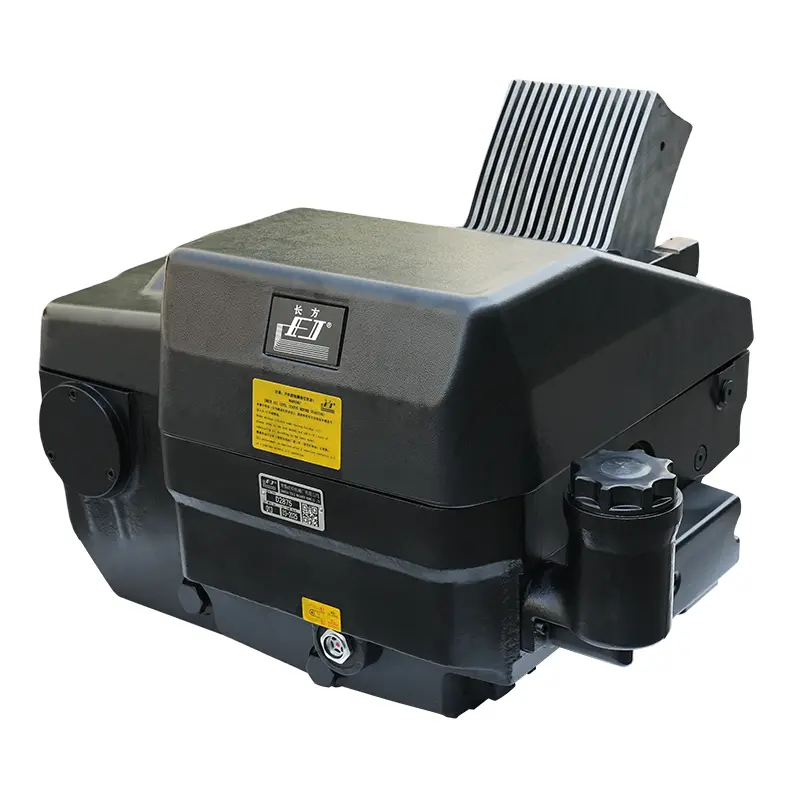The technological features of Electronic Dobby
2025-05-21
Electronic Dobby is a modern advancement used in weaving looms, particularly in textile manufacturing, to control the movement of heald shafts for producing complex fabric patterns. It replaces the older mechanical dobby systems, providing enhanced precision, flexibility, and automation. Below are the key technological features of Electronic Dobby systems:
Technological Features of Electronic Dobby
Microprocessor or PLC Control:
Electronic dobbies are equipped with microprocessors or programmable logic controllers (PLCs) that enable accurate and programmable control of the heald shafts.
This allows weavers to store multiple designs and switch patterns without mechanical changes.
Pattern Memory:
The system can store hundreds or thousands of weft-wise patterns.
These patterns can be uploaded via USB, network connection, or built-in software.
Servo Motor or Stepper Motor Drive:
Motors replace mechanical cams and linkages.
Precise shaft movement leads to reduced wear and higher accuracy.
Quick and Easy Pattern Changes:
Design changes can be done instantly via software or control panel, improving production flexibility.
No need for manual intervention or reconfiguration.
Higher Speed and Efficiency:
Enables high-speed weaving due to quick and accurate shaft selection.
Less downtime compared to mechanical systems.
Self-Diagnostic and Monitoring Systems:
Built-in diagnostics can detect and display faults or errors.
Preventive maintenance alerts increase operational uptime.
User Interface and Connectivity:
Touchscreen or digital interface allows intuitive control.
Often includes Ethernet/USB/RS232 connections for communication with computers or networks.

Reduced Mechanical Complexity:
Fewer moving parts result in less maintenance and lower operational noise.
Lightweight design reduces power consumption.
Compatibility with CAD/CAM:
Supports direct interfacing with design software.
Allows digital import of weave patterns from textile design systems.
Energy Efficiency:
Electronic actuation consumes less power compared to continuous mechanical movement.
Smart power management features may be included.
If you are interested in our products or have any questions, please feel free to contact us and we will reply you within 24 hours.